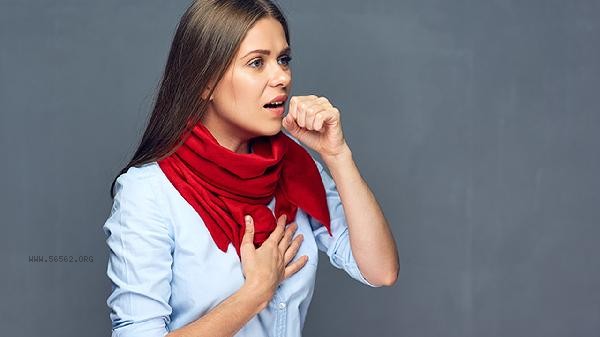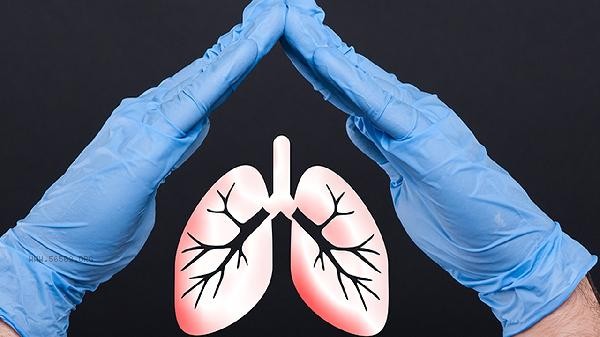The lung function breath test generally requires continuous blowing for 3-6 seconds, and the actual time is affected by factors such as the type of test item, patient cooperation, and equipment sensitivity.
1. Test items:

Different lung function examination items have different requirements for the duration of blowing. The forced lung capacity test typically requires continuous blowing for 4-6 seconds, while the maximum expiratory flow test only requires rapid burst blowing for 1-2 seconds. The diffusion function test requires holding the breath for 10 seconds before blowing air.
2. Patient cooperation: The accuracy of
test results highly depends on the degree of cooperation of the examinee. The correct blowing technique includes taking a deep breath and quickly exhaling forcefully, while maintaining a stable and uninterrupted exhalation. Children or elderly people may need to practice multiple times to reach the standard duration.
3. Equipment differences:

Traditional spirometers require blowing air until the device displays a stable value, which takes about 5 seconds or more. The new portable pulmonary function meter adopts instantaneous sampling technology, and some projects only require 2-3 seconds of effective blowing to complete data collection.
4. Respiratory status:
The basic lung function status directly affects the duration of blowing. Patients with chronic obstructive pulmonary disease may require longer time to complete standard blowing due to airway obstruction. Patients with asthma attacks may have difficulty maintaining sufficient expiratory duration.
5. Operation specifications: According to the pulmonary function examination guidelines, effective testing requires an expiration time of ≥ 3 seconds and a plateau period of ≥ 1 second on the expiration curve. Technicians will determine whether to repeat the test based on real-time curves, and a single inspection usually includes 3-8 effective blows. Smoking and vigorous exercise should be avoided one hour before the examination, and loose clothing should be worn to maintain smooth breathing. During testing, sit upright with your back straight and your lips tightly wrapped around your bite to prevent air leakage. If suffering from pneumothorax, recent eye or chest surgery, it is necessary to inform in advance that regular lung function tests can help detect chronic airway diseases early. Smokers over 40 years old are recommended to undergo testing once a year. Mild dizziness after examination is a normal phenomenon and can be relieved with appropriate rest.









Comments (0)
Leave a Comment
No comments yet
Be the first to share your thoughts!